Breaking down different types of miso: White, yellow and red
Much of the traditional Japanese diet comes from the humble soybean like healthy tofu, distinctive natto and the household staple miso soup. You may be overwhelmed perusing an Asian supermarket to pick up miso paste, only to see shelves full of myriad varieties of this quintessential Japanese ingredient.
To make it simple,white miso tends to be the mildest or even sweetest variant, fermented with a large amount of rice. Yellow miso has a higher amount of barley mixed in the fermentation stage, whereas red miso spends a longer time fermenting thus imparting the strongest flavor.
Keep in mind white, yellow and red miso are broad categorizations. As with any fermented food with ingredients that may be sourced from varying locations, different producer’s techniques impart diversity in miso flavor.
A centuries-old tradition: Why we add miso
Fermented foods like kimchi tend to be healthy, and miso is no exception. Chalk full of probiotics developed during fermentation that help support gut health and a rich vegetarian source of protein and calcium inherent to the soybean, miso likely plays no small role in life-longevity enjoyed by many in Japan. Some studies claim it also correlates with increased heart health, bolsters the immune system and keeps cholesterol and blood pressure at bay. Do be careful of its sodium content, however.
Beyond the health benefits alone, miso remains as delicious, inexpensive, and easy to preserve as it was during the Nara period when it started becoming common-place across Japan. Weirdly enough, miso wasn’t ground into paste until roughly the 15th century, existing in a form closer to its fermented soybean sibling natto for several hundred years. Miso would continue to spread throughout Japan, becoming a nationwide part of daily life.
Beyond soup: How to use miso In your cooking
As Miso spread throughout Japan’s many regions, so with it many different use cases in Japanese cooking! Miso soup remains the most commonly enjoyed permutation for the fermented soybean paste, but by no means does miso cooking stop here.
- Try this miso marinade that goes great with salmon or roasted veggies by simply mixing the following:
- 2 tablespoons of white miso
- 1 tablespoon of sake
- 1 tablespoon of mirin
- 1 tablespoon of soy sauce
- 1 teaspoon of sesame seed oil
- Whip up a simple but authentic miso ramen broth by bringing the following ingredient to a simmer:
- 3 tablespoons of your preferred miso
- 4 cups of chicken stock
- 1 tablespoon of sesame oil
- 1 tablespoon of sugar
- 1 tablespoon of sake
- 1 teaspoon of table salt
- Make this fusion miso-butter to give your sautees or corn-on-the-cob a twist, just whisk together:
- 1 tablespoon of white miso
- 4 tablespoons of unsalted butter
- 1 tablespoon of honey
- 2 teaspoons of soy sauce
- 1/4th teaspoon of table salt
- Give a funky twist to a PB&J or any other recipe calling for peanut butter with “miso-pecan butter”:
- Step 1: Bake 2 cups of pecans at 300°F (150°C) for roughly 20 minutes.
- Step 2: Blend pecans in a blender or food processor until thoroughly crushed.
- Step 3: Add in miso paste and process further until its your desired consistency
References
https://www.bonappetit.com/recipe/pecan-miso-butter-and-jelly-sandwiches
https://www.healthline.com/nutrition/why-miso-is-healthy#TOC_TITLE_HDR_7
https://bikehike.org/what-is-yellow-miso/
https://www.justonecookbook.com/homemade-chashu-miso-ramen/
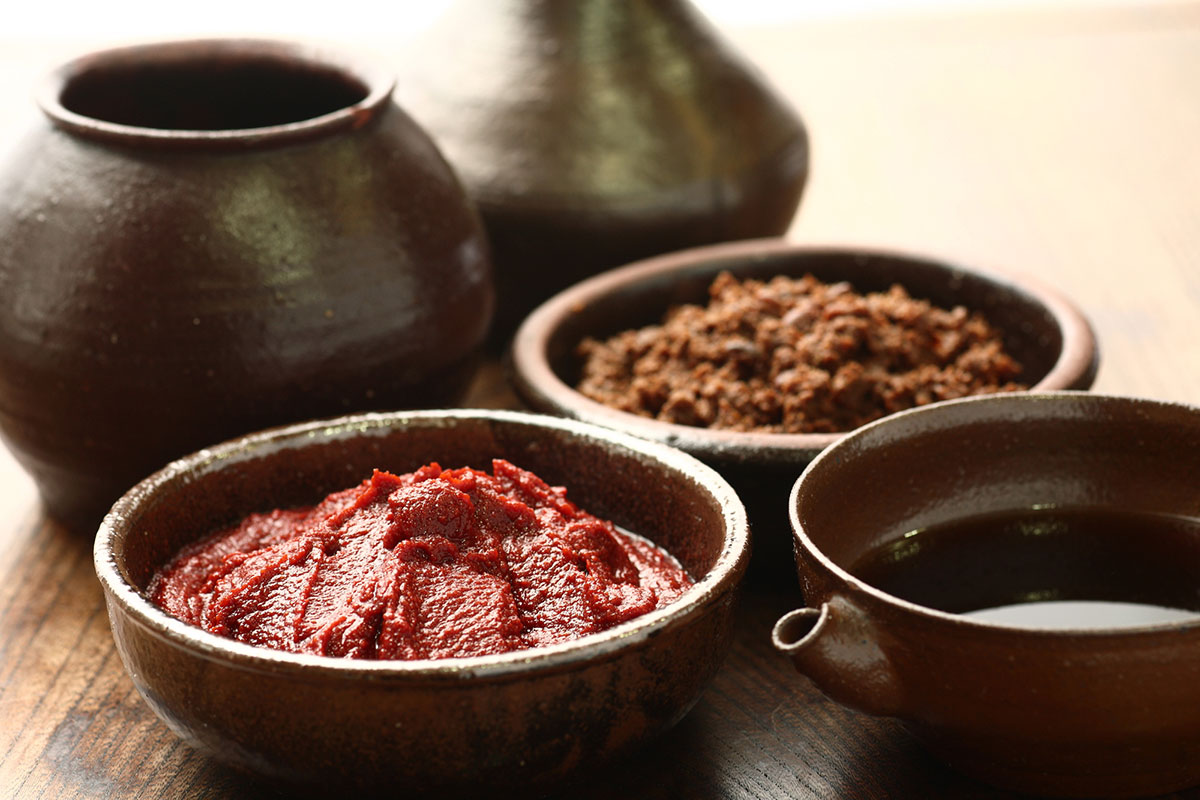
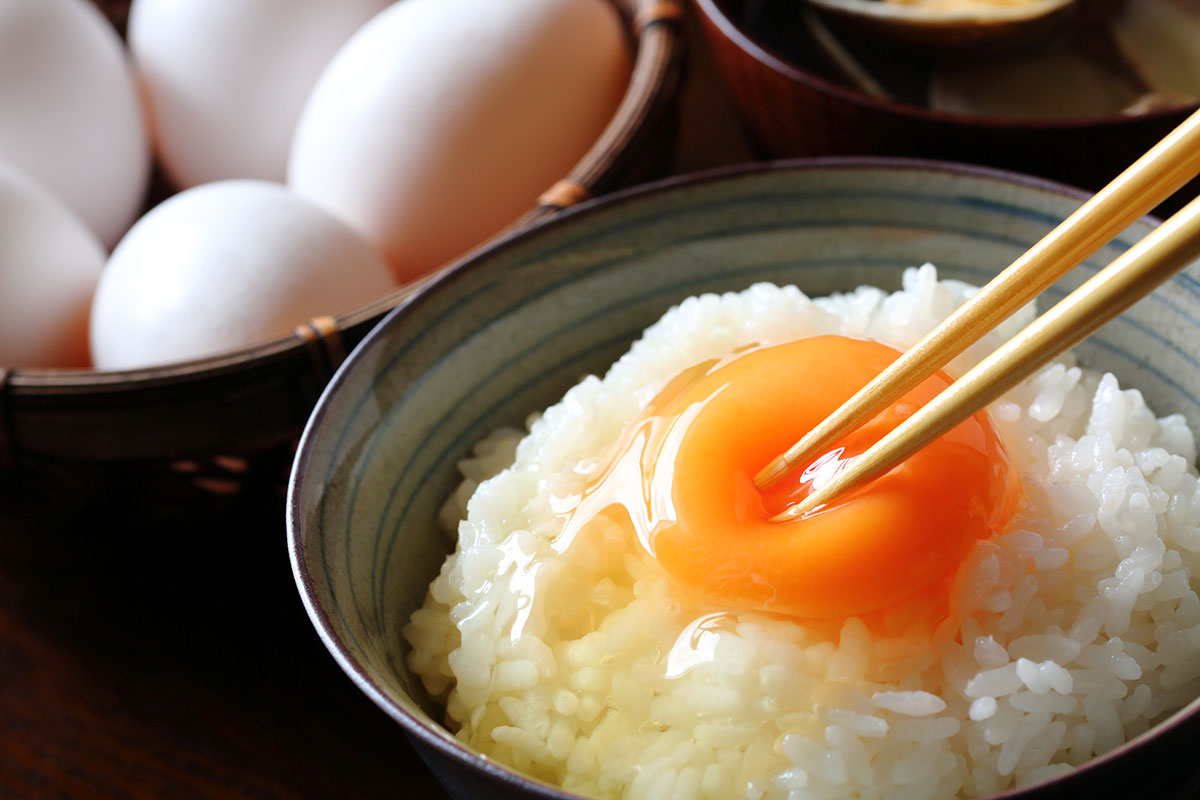
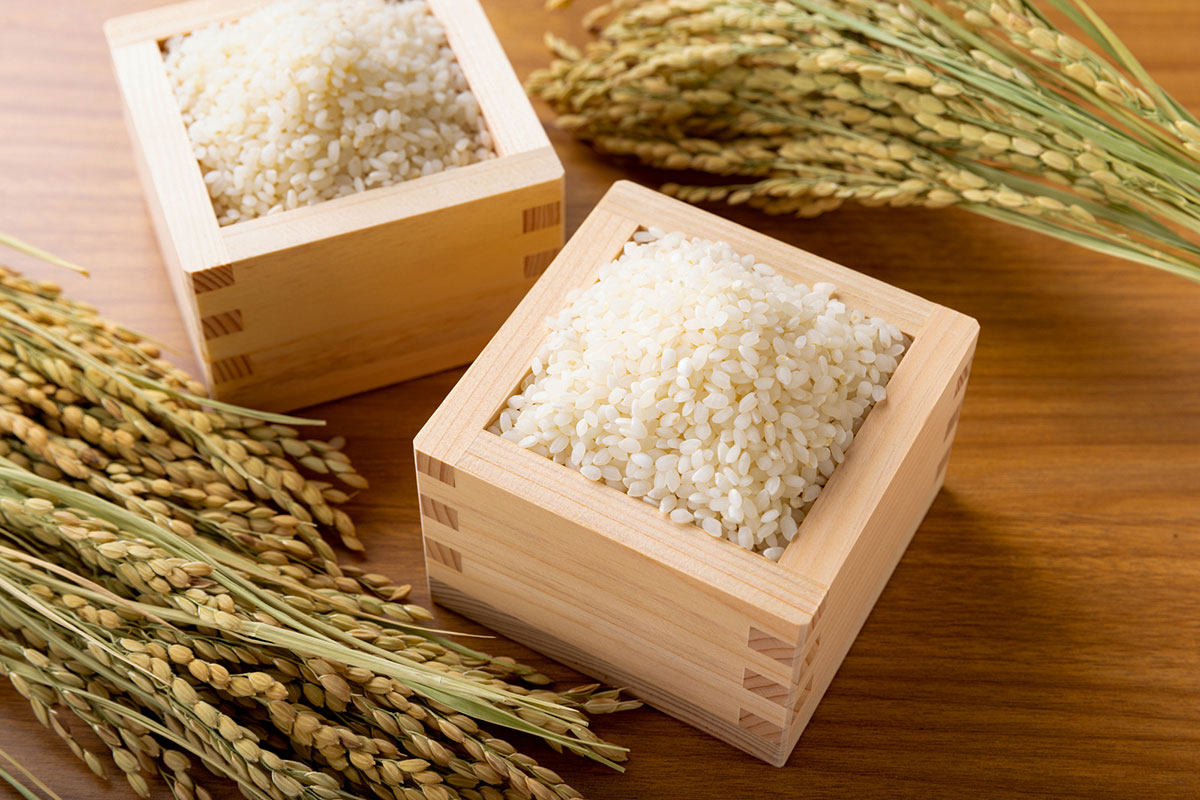
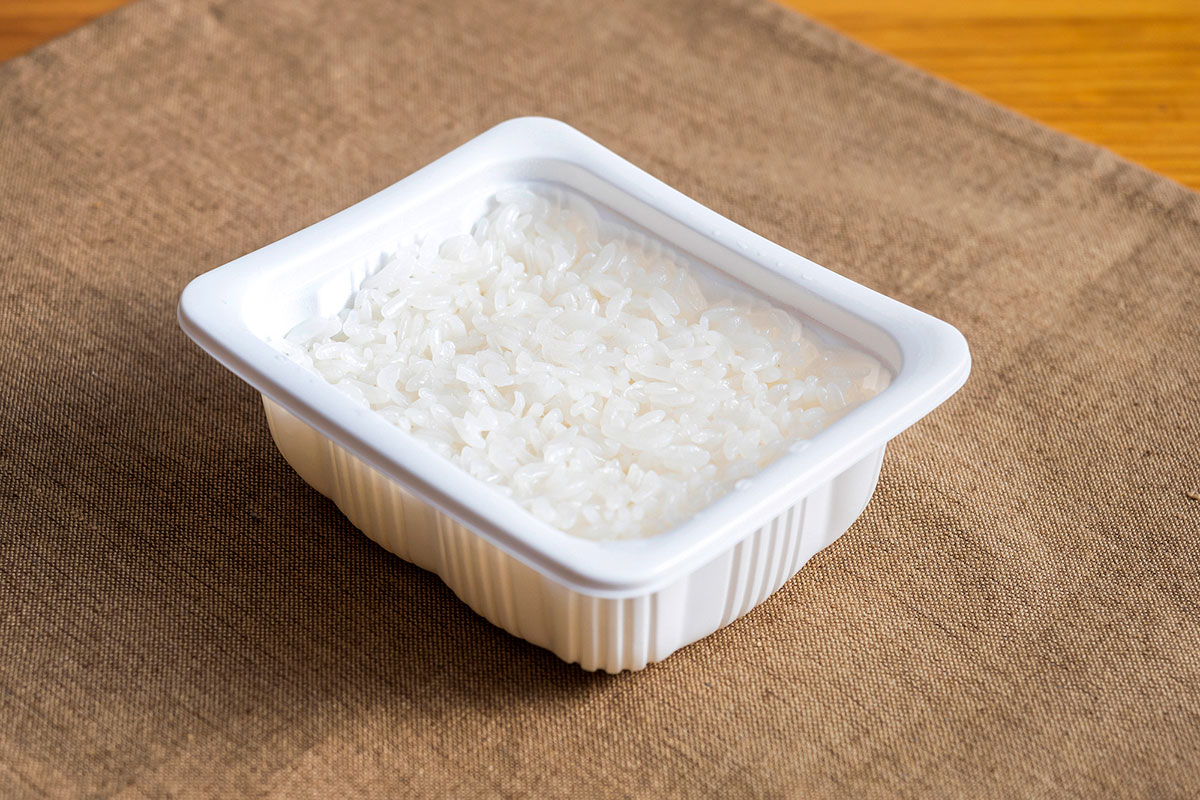
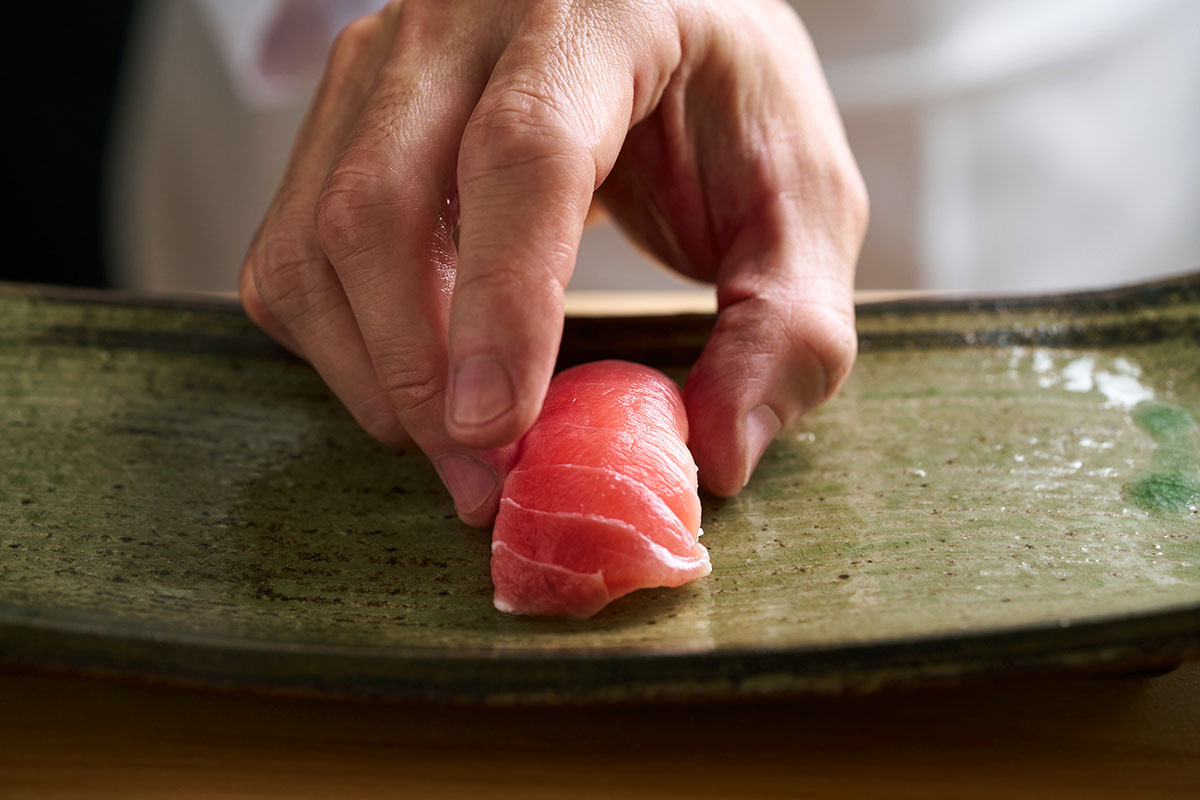
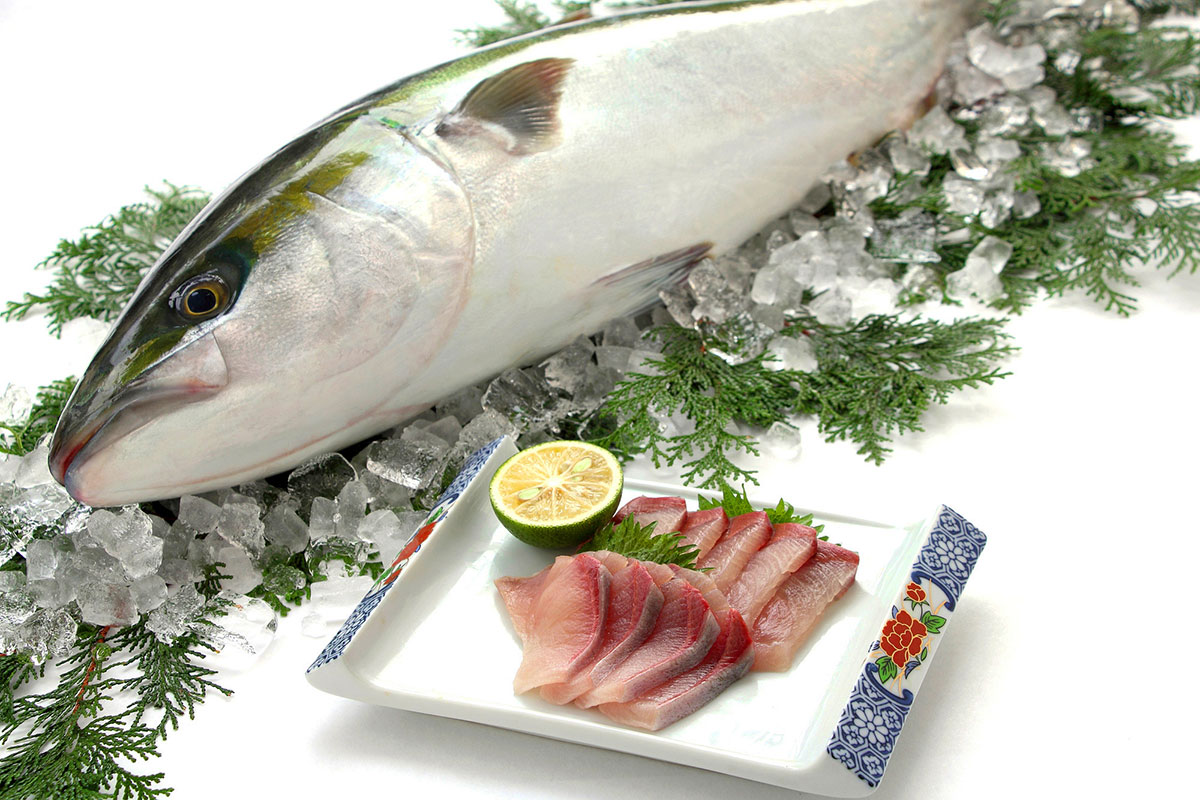

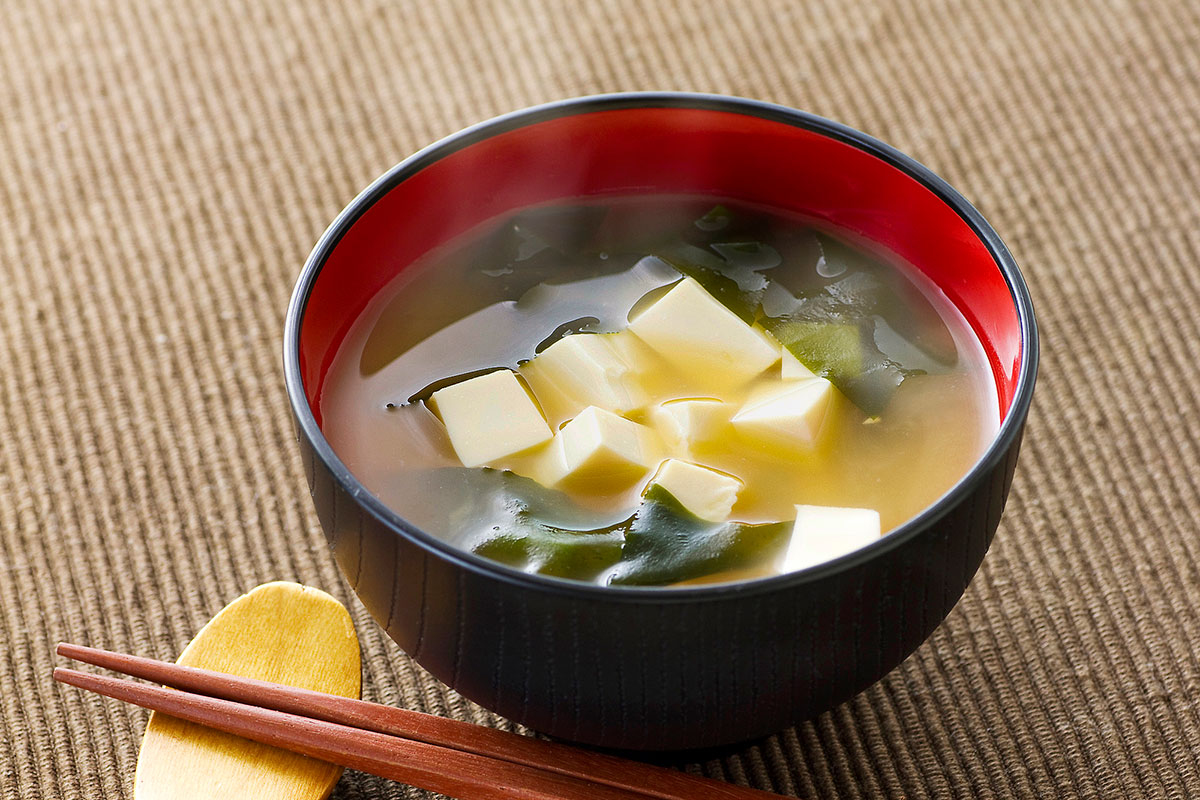
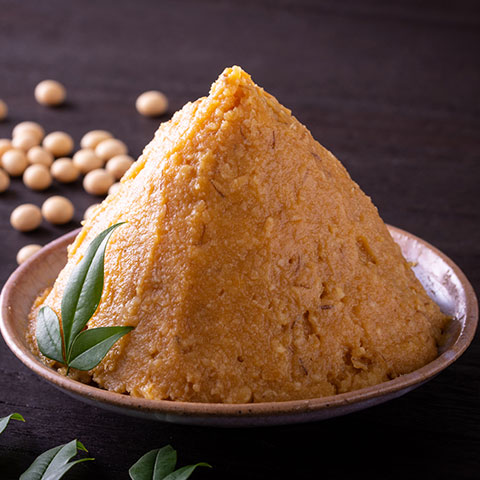
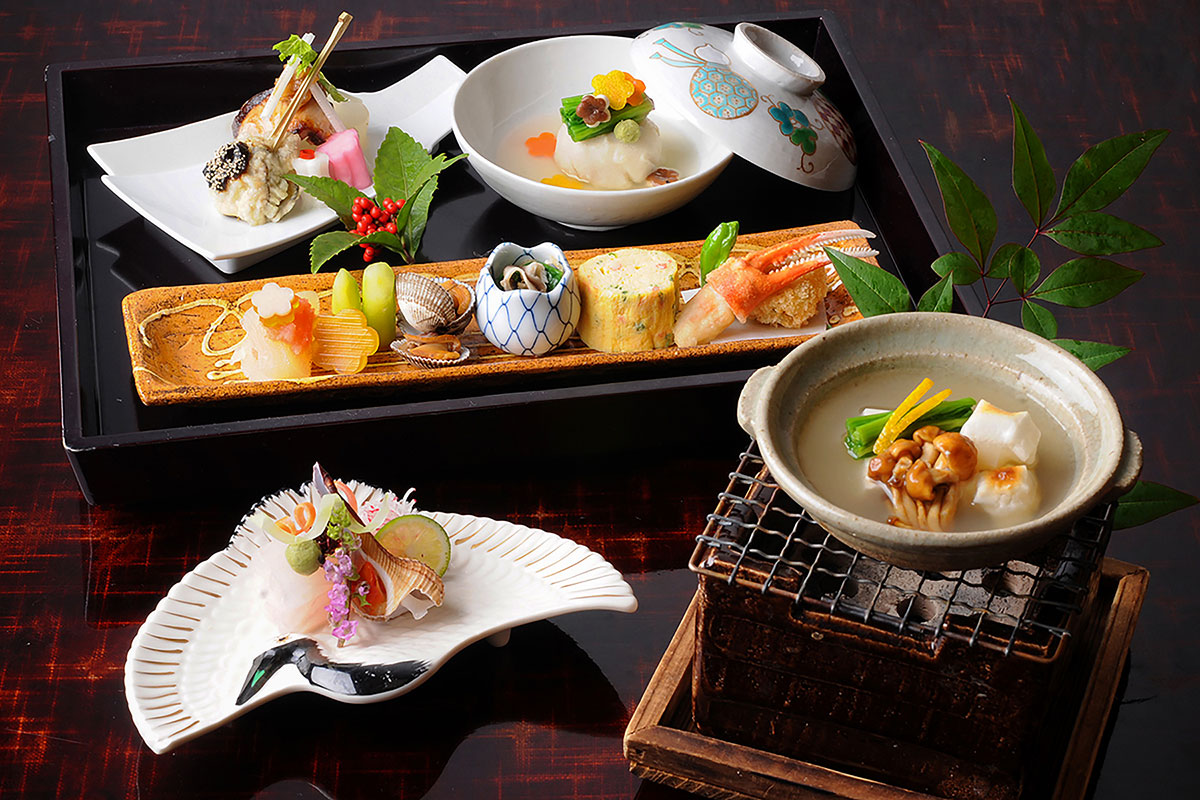
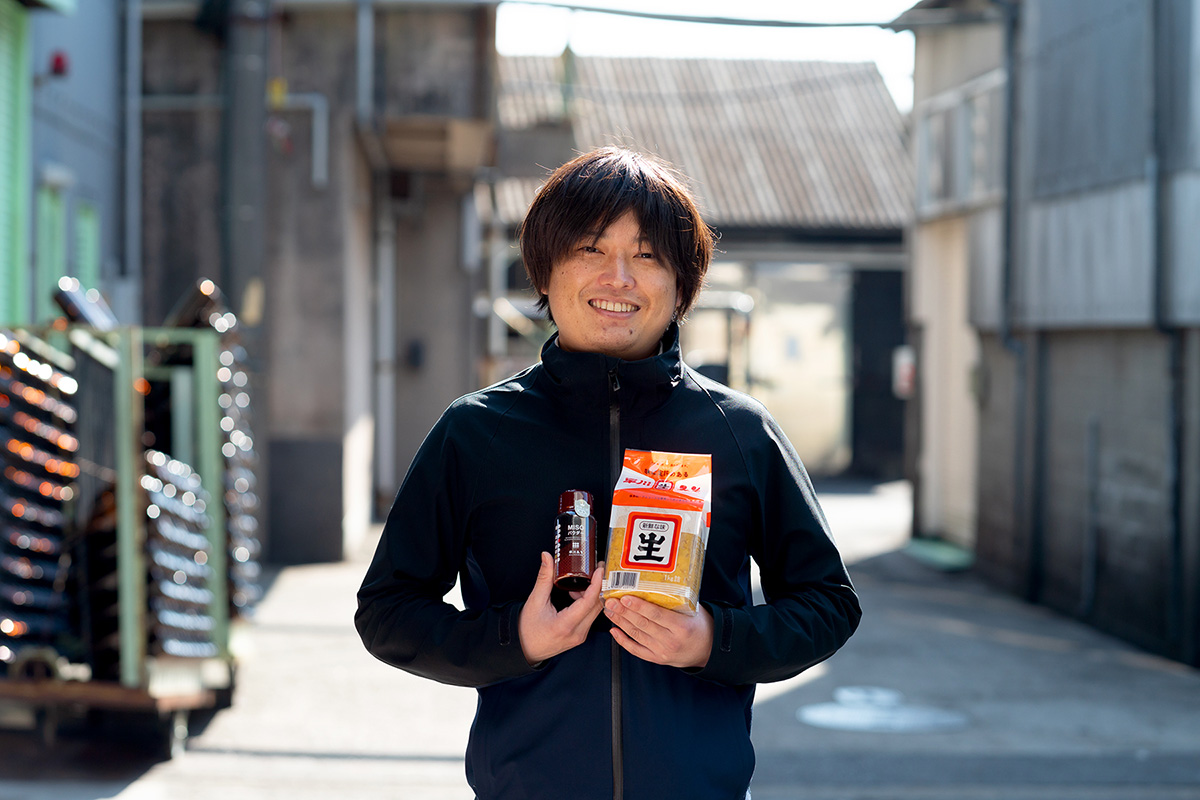

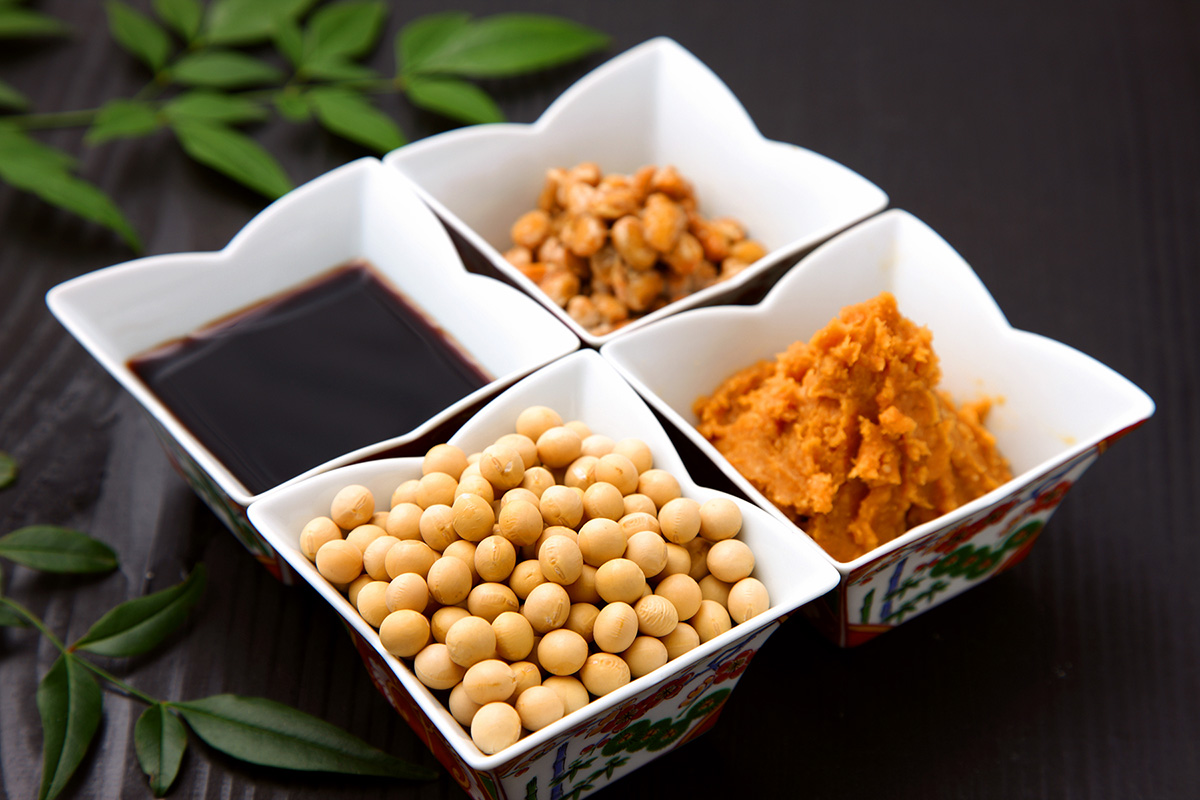


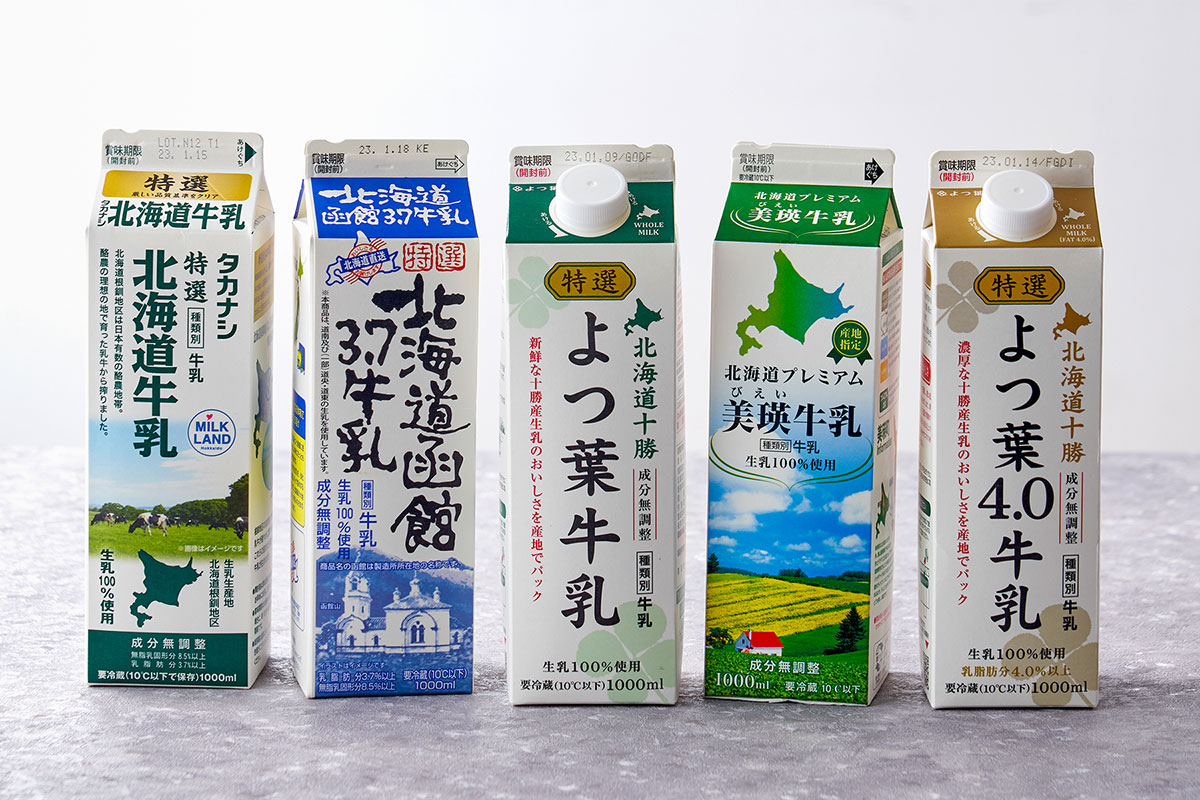

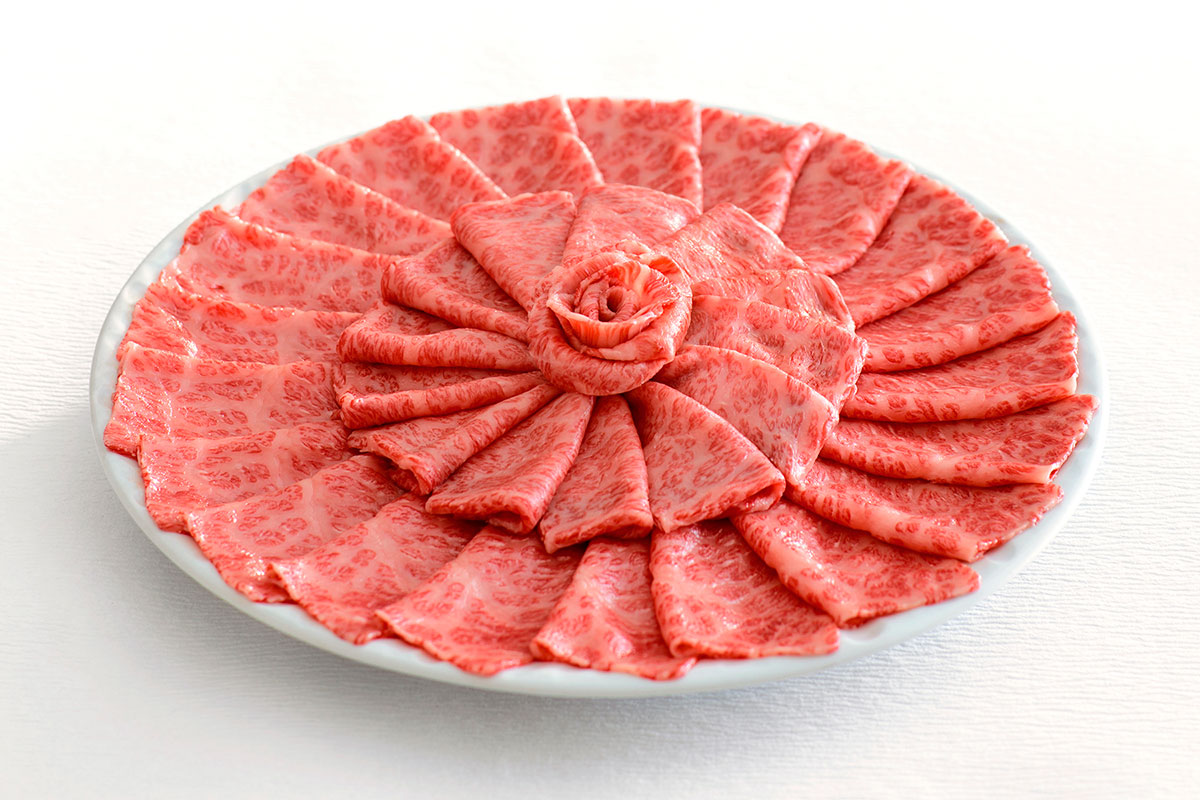
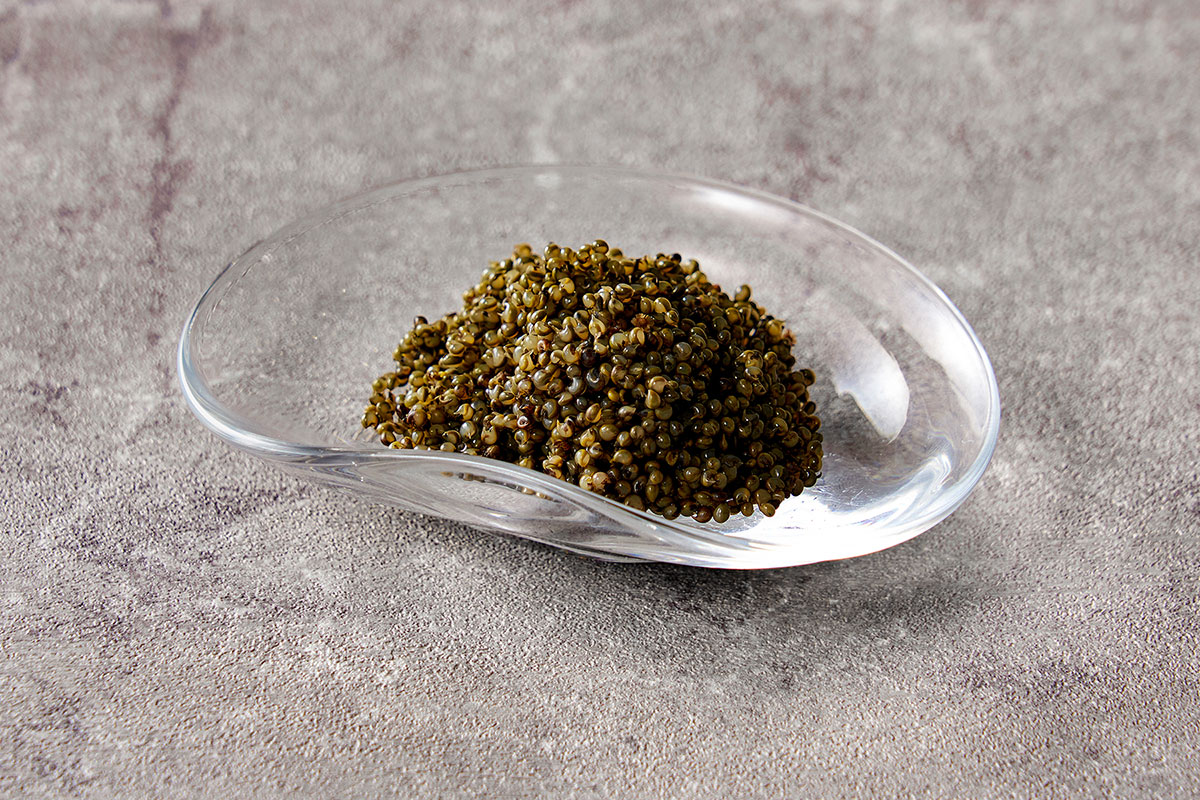
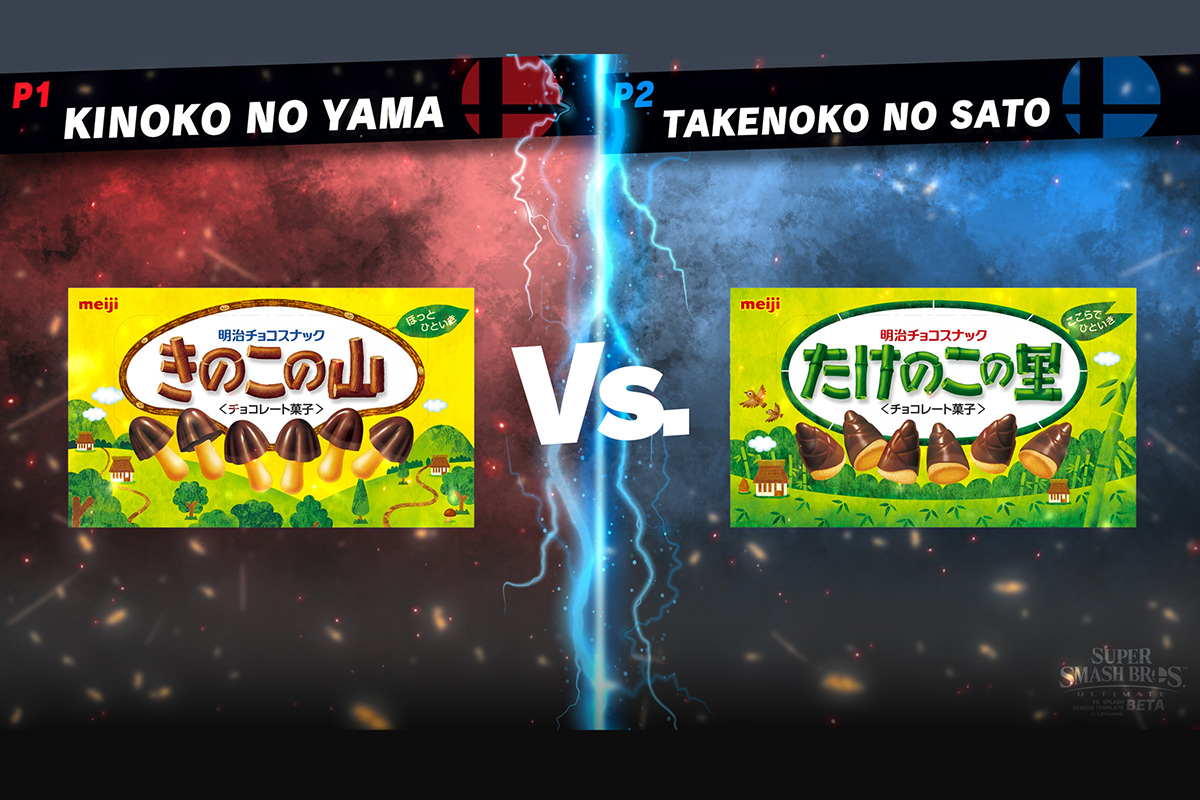
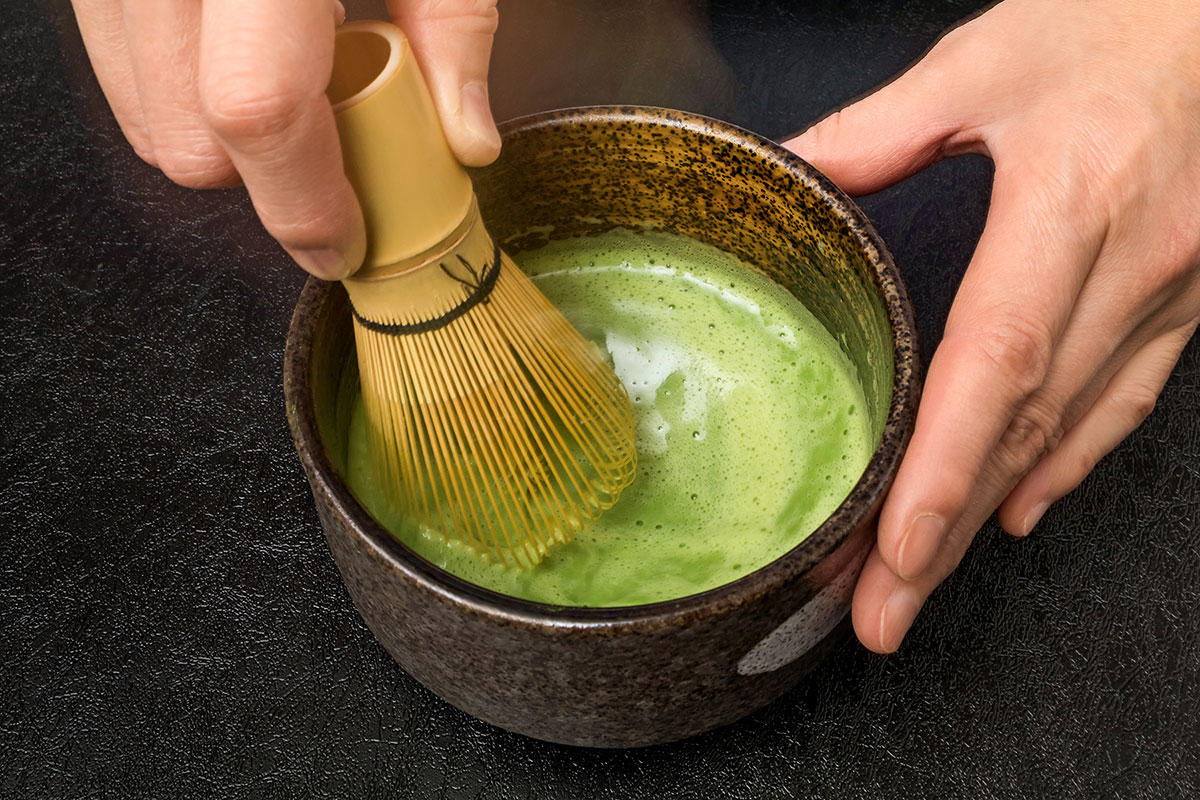
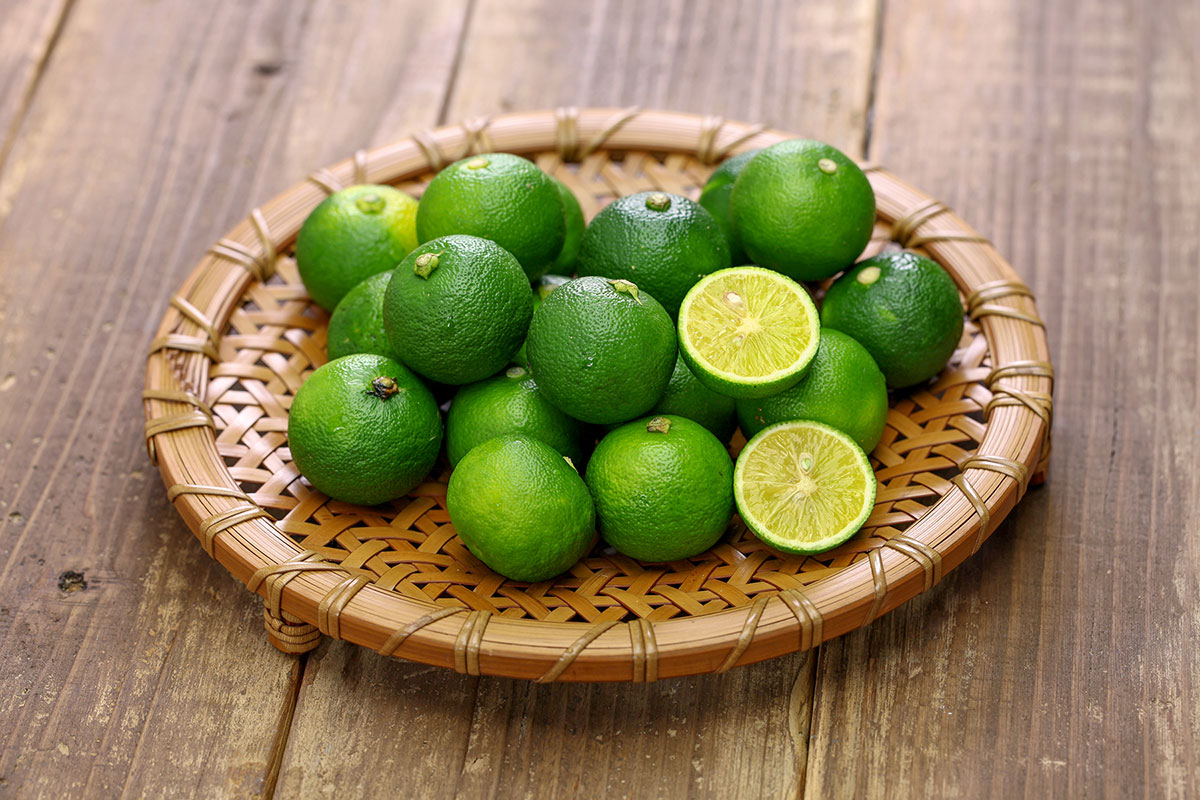

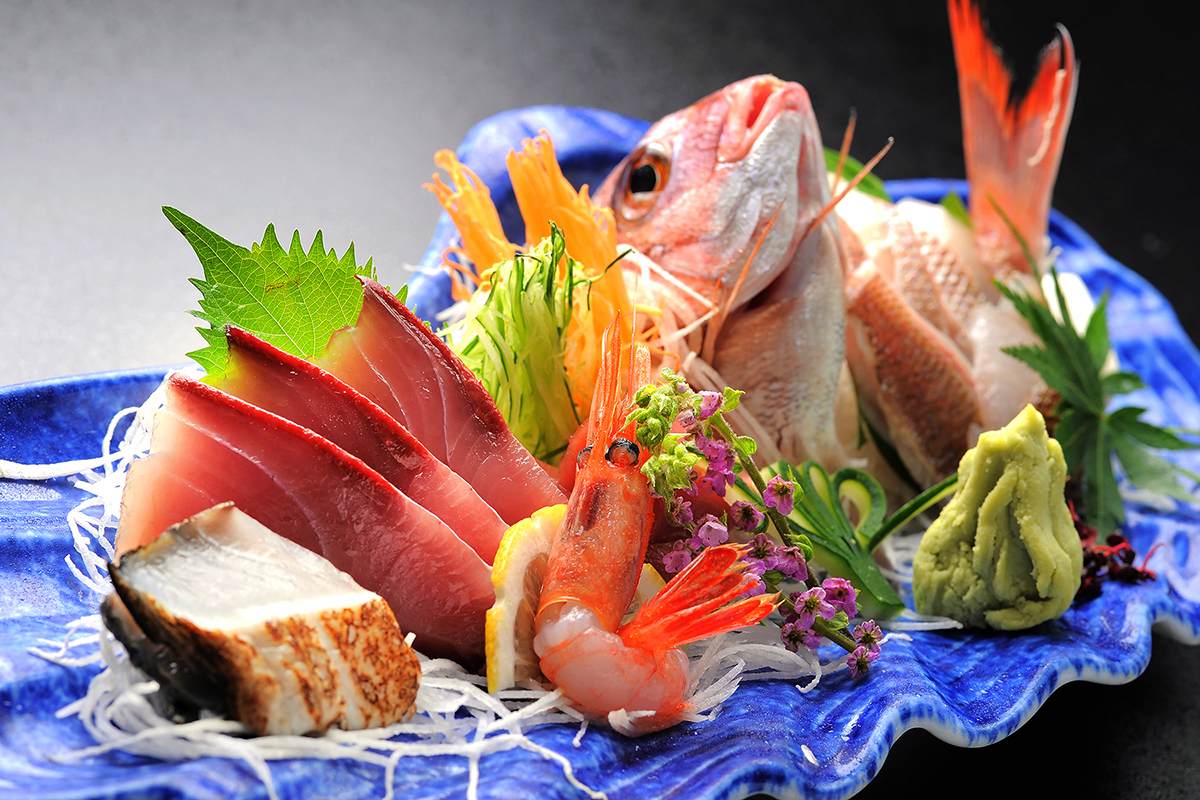
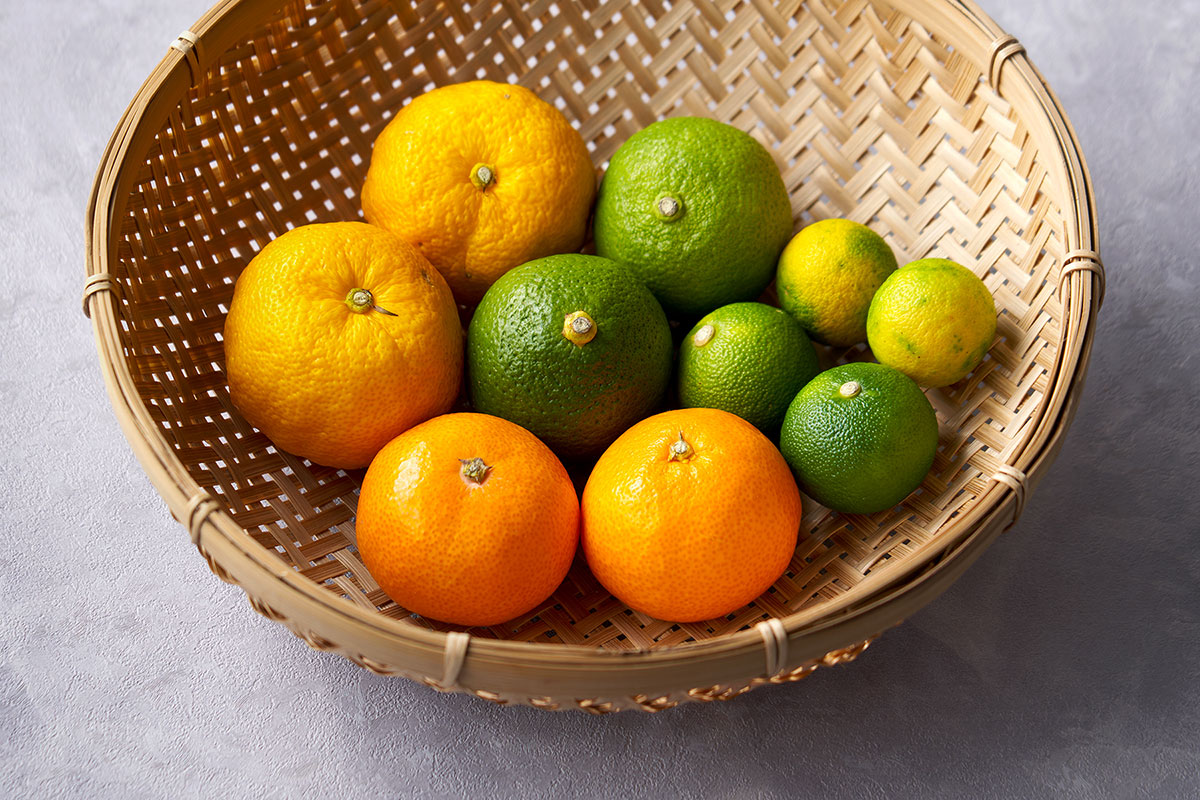
Comment